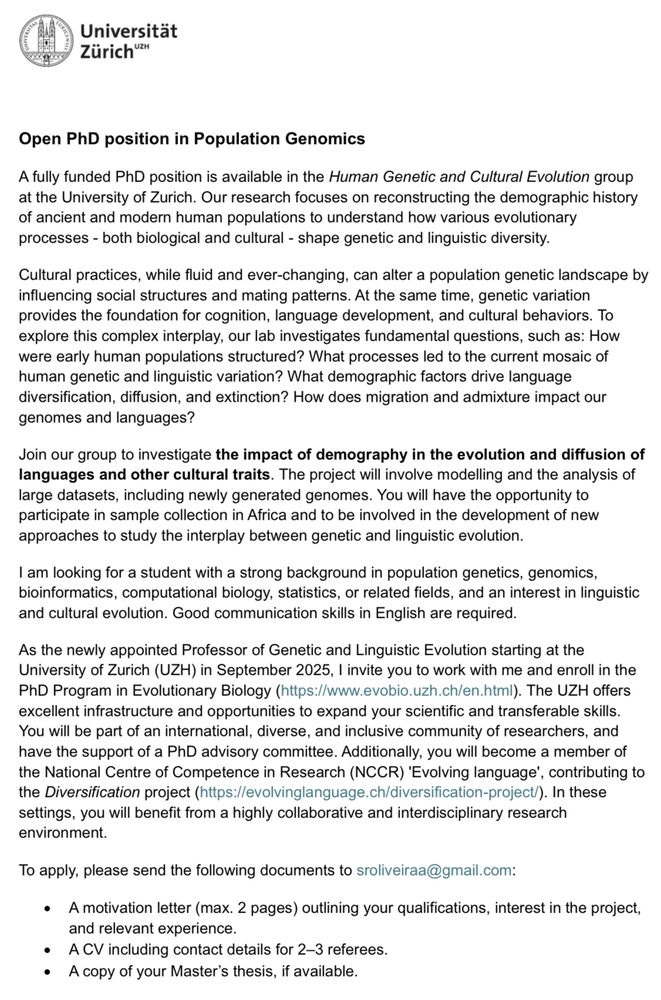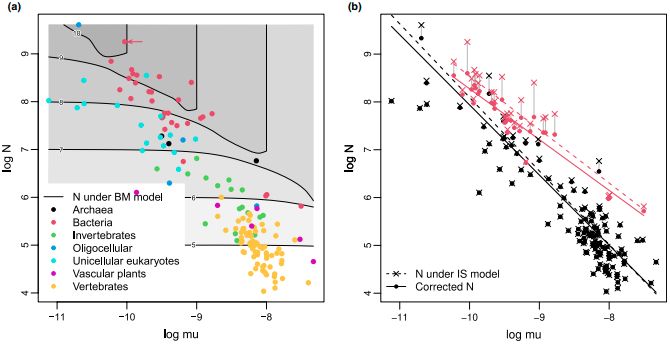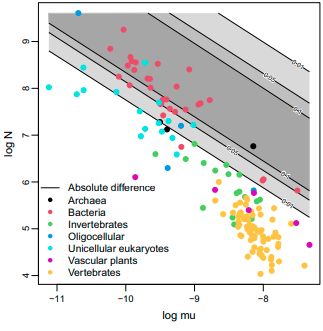Rui Borges
@ruiborges23.bsky.social
460 followers
810 following
33 posts
Lecturer in Statistics at the University of St Andrews. Interested in statistical/computational population genetics and phylogenetics. Math enthusiast. He/him. 🇵🇹🇱🇻🇬🇧 https://mrborges23.github.io/mypage/
Posts
Media
Videos
Starter Packs
Pinned
Rui Borges
@ruiborges23.bsky.social
· Nov 13
Rui Borges
@ruiborges23.bsky.social
· Jul 8
Rui Borges
@ruiborges23.bsky.social
· Jul 8
Reposted by Rui Borges
Reposted by Rui Borges
Reposted by Rui Borges
Rui Borges
@ruiborges23.bsky.social
· Jan 27
Rui Borges
@ruiborges23.bsky.social
· Jan 27

GitHub - mrborges23/mutation_models: This repository provides a tutorial along with R scripts for utilizing Bayesian estimators of the effective population size with a boundary mutation and recurrent ...
This repository provides a tutorial along with R scripts for utilizing Bayesian estimators of the effective population size with a boundary mutation and recurrent mutation model. - mrborges23/mutat...
github.com
Rui Borges
@ruiborges23.bsky.social
· Jan 27
Rui Borges
@ruiborges23.bsky.social
· Jan 27

The rarity of mutations and the inflation of bacterial effective population sizes
Mutations are fundamental for evolution, and their mathematical modelling in population genetics heavily relies on our perception of their frequency and the timescale over which they occur. A comm...
besjournals.onlinelibrary.wiley.com
Reposted by Rui Borges
Reposted by Rui Borges
Lara Radović
@larad1010.bsky.social
· Nov 20

The global spread of Oriental Horses in the past 1,500 years through the lens of the Y chromosome | PNAS
Since their domestication, horses have accompanied mankind, and humans have constantly
shaped horses according to their needs through stallion-cent...
www.pnas.org
















